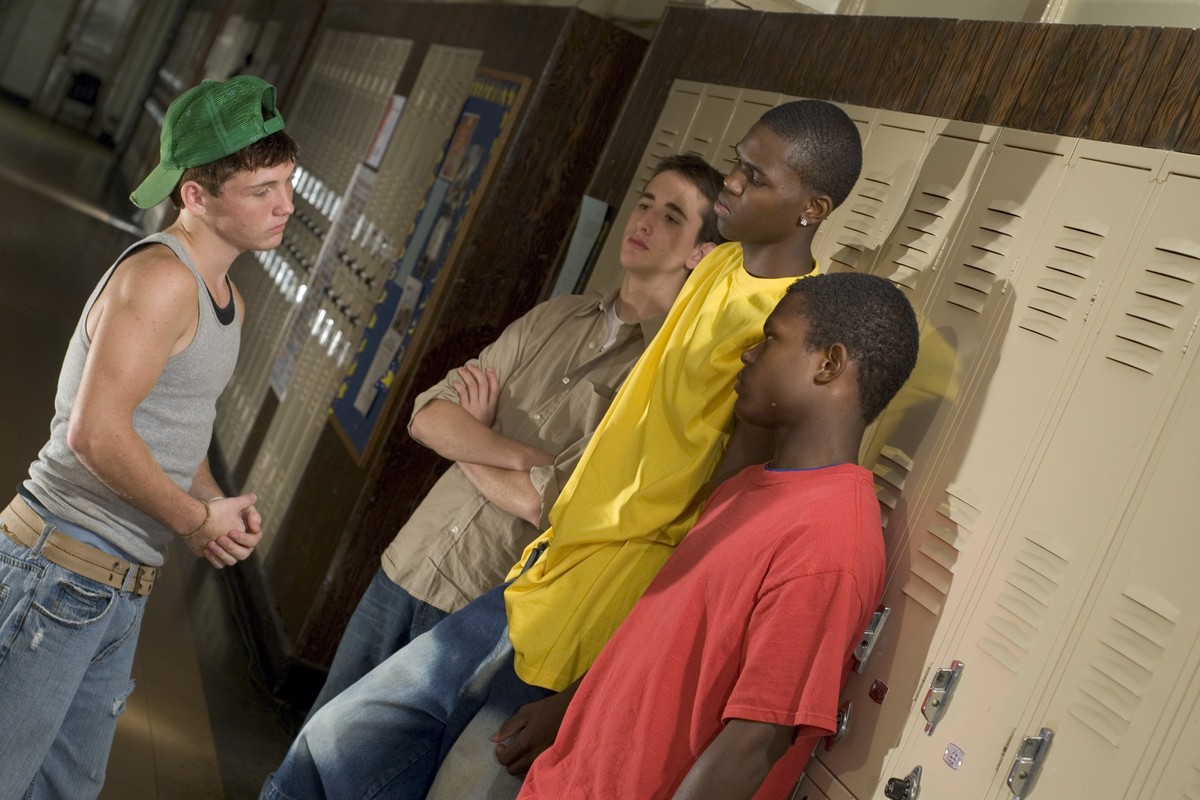What Solo Moms can do to make sure school doesn’t lead to prison
School should be a place where children get an education, not start on a course that leads to prison. Unfortunately, common practices in schools across America increase the likelihood of future incarceration.
Your child’s school might be a nurturing community where teachers and administrators value students’ academic and psychosocial development, but many schools embrace practices that can lead to very poor outcomes.
The American Civil Liberties Union outlined factors that contribute to the school-to-prison pipeline:
Limited resources. In poorer neighborhoods, schools often lack the resources to provide a quality experience for children. High turnover in staff, too few guidance counselors, and overcrowded classrooms can make for an unpleasant experience for students.
Low standardized test scores. In the age of high-stakes testing, a school’s top priority is strong results on standardized tests. According to a 2006 study by David Figlio, some schools actually encourage dropouts with the idea that if poorly performing students are no longer enrolled, their test scores cannot drag down the school’s results.
Draconian punishments. Discipline is an important part of child rearing, but some consequences actually increase the frequency of problem behaviors. Schools that embrace zero-tolerance policies are the worst offenders, expelling and suspending children. When children miss school because of suspensions and expulsions, they are effectively denied an education. According to one study, 37% of black high school dropouts in 2008 ended up in prison.
Another problem with these punishments is that they ignore the underlying causes of the disruptive behavior. Sometimes the underlying cause is mental illness, substance abuse, or past trauma. Other times, teachers’ ineffective classroom management practices lead to an unnecessarily chaotic classroom environment.
Police presence in schools. Police officers often are deployed to schools to keep the environment safe, but just as harsh punishments can result in more problem behaviors, having police officers in schools can actually make the environment less safe, as teachers rely on school resource officers instead of effective classroom management practices to change students’ behavior.
Many students who struggle in traditional schools end up in alternative schools, which often are run by for-profit companies. This is the next stop in the pipeline. Children are shuttled from a community school to a segregated institution, surrounded by other struggling students. The standards in alternative schools often are much lower.
Students who end up in the juvenile justice system often never graduate from high school. Students of color and students with disabilities are more likely to end up in the juvenile justice system where the focus is often punishment instead of support.
What does all of this mean for Solo Moms?
According to the Huffington Post, 85% of youths in prison were raised in single-parent families, and one-third of families headed by Solo Moms live below the poverty line, according to the Washington Post. That means Solo Moms are more likely to find themselves in neighborhoods with underfunded schools with low test scores and outdated disciplinary practices.
If you are a Solo Mom and worried about the environment in your child’s school district, knowledge is power. Oftentimes the policies that perpetuate the school-to-prison pipeline are implemented in the name of safety and high test scores.
The good news is that there has been an abundance of research on this troubling phenomenon, and many school administrators and teachers are introducing more effective, positive approaches to student discipline and education. As a parent, what can you do to mitigate the effects of harsh policies?
- Get to know your child’s teachers and administrators. Even if you just touch base by phone or email, it sends a message that you care about your child’s progress and provides a layer of accountability.
- Find supportive adults within the school. If there is a helpful guidance counselor or a particularly dedicated teacher, reach out to this person and express your concerns. He or she might be able to help out if your child is having negative experiences in school.
- Involve community experts. If you are worried about your child’s behavior, contact a mental-health professional or your child’s doctor. Punishing a child is not effective, but there are other strategies that might help steer you and your child in a better direction.
- If your child receives a diagnosis from his doctor, he may be eligible for a 504 plan, a document that provides accommodations and extra support for your child. For example, if your child can’t sit still, a 504 plan could provide time for him to move around during class instead of being punished for fidgeting.
- Avail yourself of other resources in the community. Even if your school tends to be punishment-oriented, the negative effects of such practices can be mitigated by other support and nurturing from other adults. Sports teams, boys and girls clubs, and other outlets can help your child maintain her self-esteem despite what she might hear about herself at school.
- Investigate other options for school. Some areas have very progressive policies when it comes to charter schools and school choice. If you are dissatisfied with your child’s school, you might not be trapped there.
Danielle Bostick, a former Solo Mom and ESME’s Wellness–Mental Health Resource Guide, is a Latin teacher, an advocate, and a mom to six kids in Winchester, Virginia. When not working as an educator, Bostick writes about the National Football League for various sites and sexual assault and child sexual abuse for the Huffington Post. You can find her on Twitter: @danibostick, and on Facebook: Dani Bostick.
Please feel free to contact us with any comments or questions.









